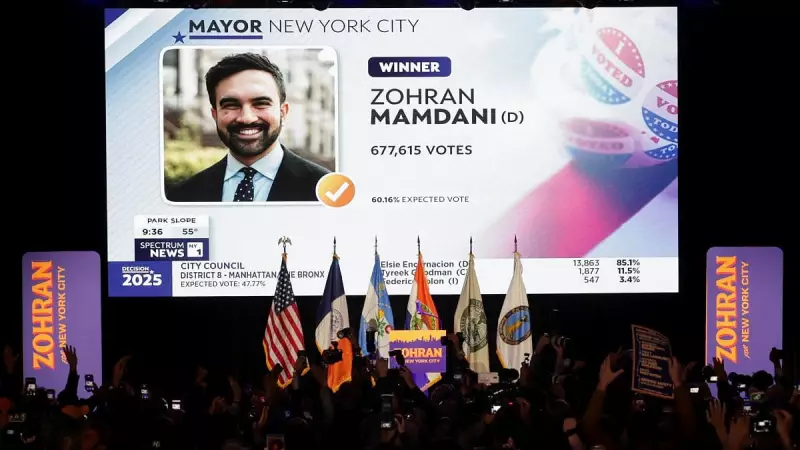
In an unprecedented display of civic engagement, New York City has experienced its most significant voter participation in a Democratic mayoral primary in over three decades, signaling a dramatic shift in the city's political dynamics.
The preliminary results reveal a tightly contested race with Brooklyn Borough President Eric Adams maintaining a slender lead. However, the final outcome remains uncertain due to the city's newly implemented ranked-choice voting system, which requires additional time to process the extensive number of absentee ballots.
A Democratic Electorate Reawakened
Early estimates indicate approximately 800,000 Democratic voters cast their ballots, representing the highest participation rate since 1989. This surge in voter engagement comes as the city emerges from the pandemic and confronts multiple challenges including public safety concerns, economic recovery, and social inequality.
"What we're witnessing is nothing short of remarkable," stated Sarah Steiner, a prominent New York election attorney. "The combination of ranked-choice voting and pent-up democratic energy has created perfect conditions for this turnout explosion."
The Ranked-Choice Revolution
The implementation of ranked-choice voting has fundamentally transformed the electoral landscape. Voters expressed their preferences by ranking up to five candidates in order, creating a more nuanced and complex electoral process.
Key contenders in this historic race include:
- Eric Adams - Former police captain focusing on public safety
- Maya Wiley - Civil rights attorney advocating for progressive reforms
- Kathryn Garcia - Former sanitation commissioner emphasizing government competence
- Andrew Yang - Entrepreneur known for universal basic income proposal
The ranked-choice system means that candidates eliminated in initial rounds will have their votes redistributed according to voters' subsequent preferences, potentially altering the outcome dramatically.
What This Means for New York's Future
This electoral phenomenon reflects a city at a critical juncture. The high turnout suggests that New Yorkers are deeply invested in shaping the city's recovery trajectory and addressing pressing issues that have dominated public discourse.
Political analysts suggest several factors contributed to this voting surge:
- Increased awareness of local government's impact during the pandemic
- Controversial police reforms and public safety debates
- The novelty and educational campaigns around ranked-choice voting
- Heightened political polarization following recent national events
As the counting continues, all eyes remain on New York City, where the final results will not only determine the Democratic nominee but potentially signal new directions for urban governance across the United States.





